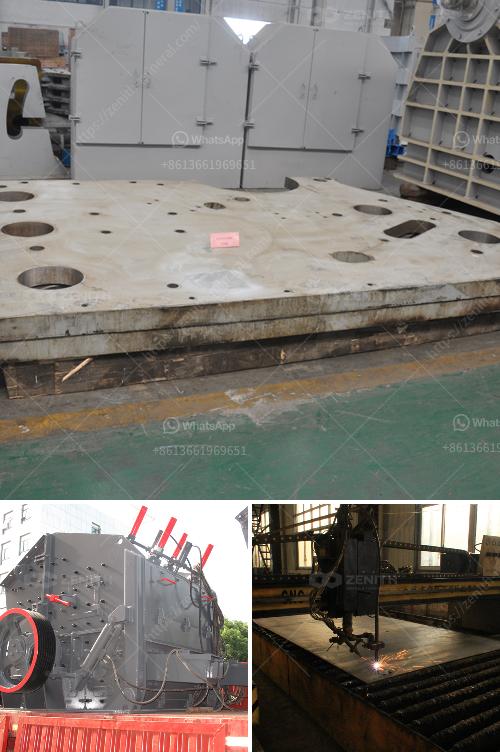High-pressure grinding rolls (HPGR) mills operate through the application of high pressure to a bed of material. Here's a general overview of how they work:
Feeding Material: The material to be ground is fed into the HPGR mill between two counter-rotating rollers.
Creation of High Pressure: The rollers apply high pressure to the material, typically in the range of 50-150 MPa. This pressure is much higher compared to traditional milling methods.
Compression and Grinding: The applied pressure forces the material to compact and fracture. The inter-particle compression crushes the material effectively, breaking it down into smaller particles.
Product Discharge: The finely ground material (often flaky particles) exits the grinding zone as the rolls rotate, falling out through the discharge opening.
Reduction in Energy Consumption: HPGR mills are more energy-efficient compared to conventional grinding methods. The process also generates less heat, minimizing the need for cooling.
Wear and Tear: To manage the wear on the rollers caused by the high pressure and abrasiveness of the material, the rolls are often made from or coated with hard-wearing materials.
HPGR mills are commonly used in mining, cement, and some specialized mineral processing industries due to their efficiency and ability to handle tough, abrasive materials.

